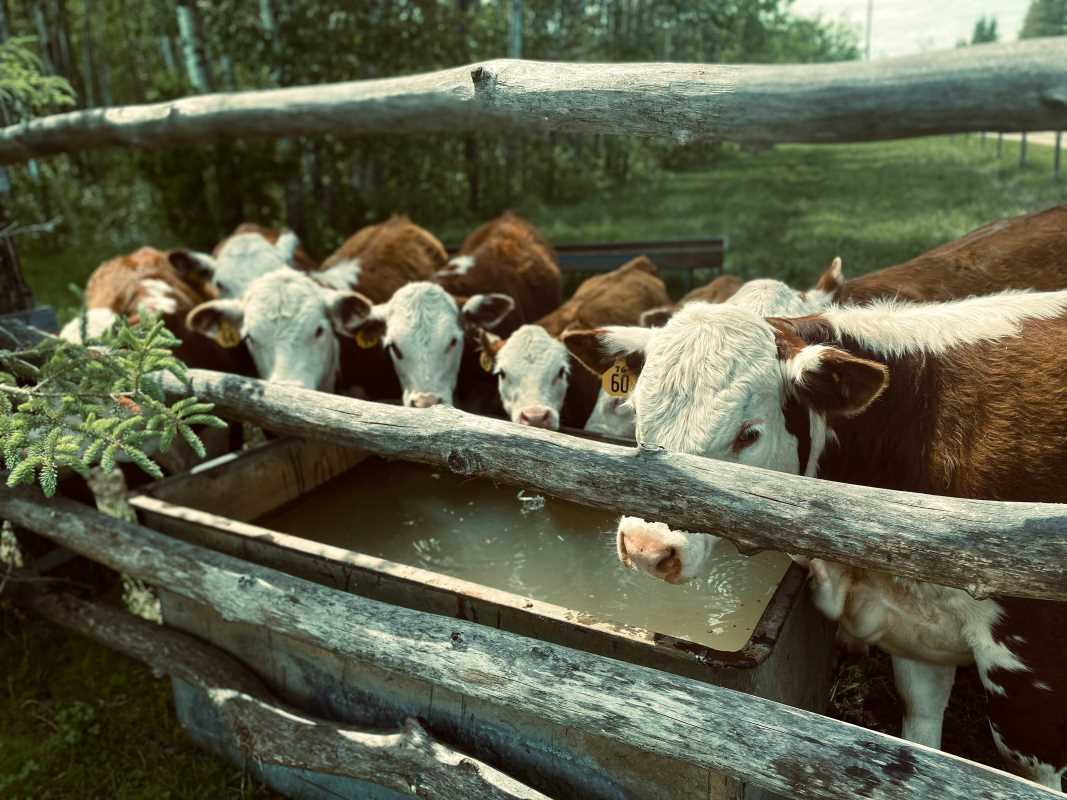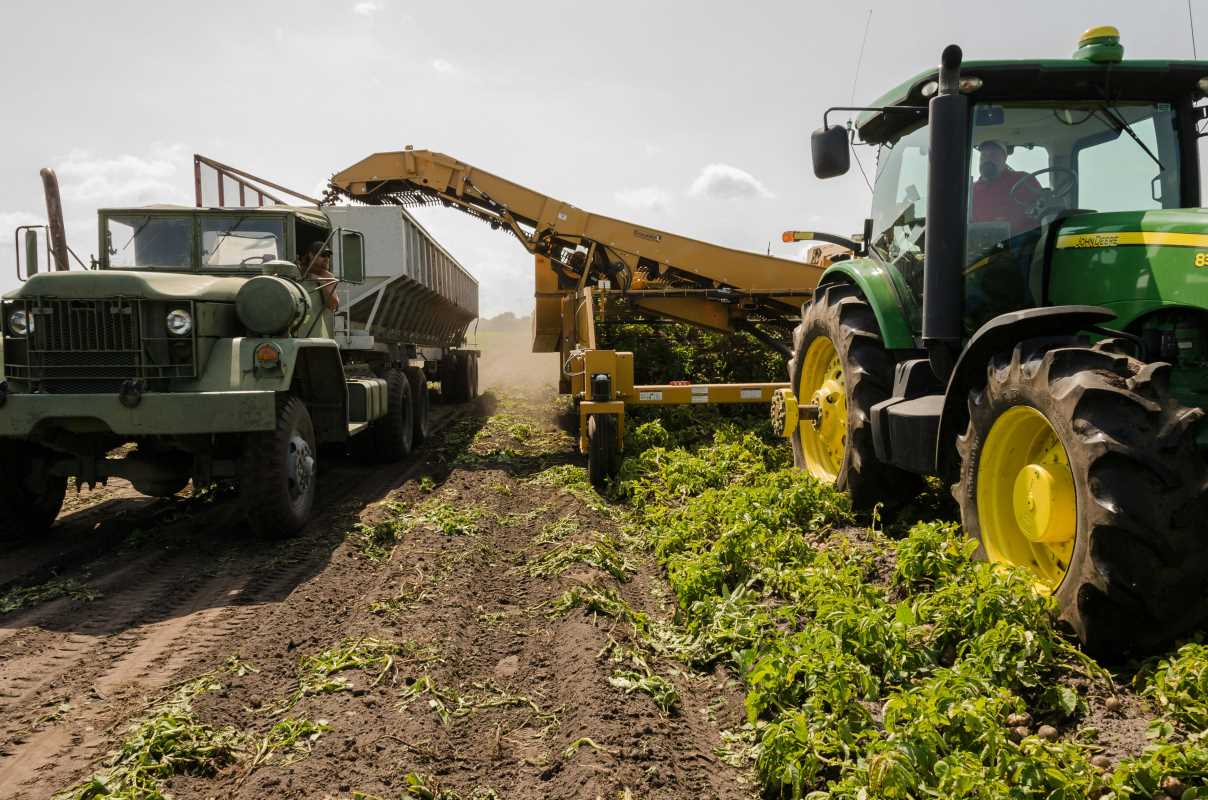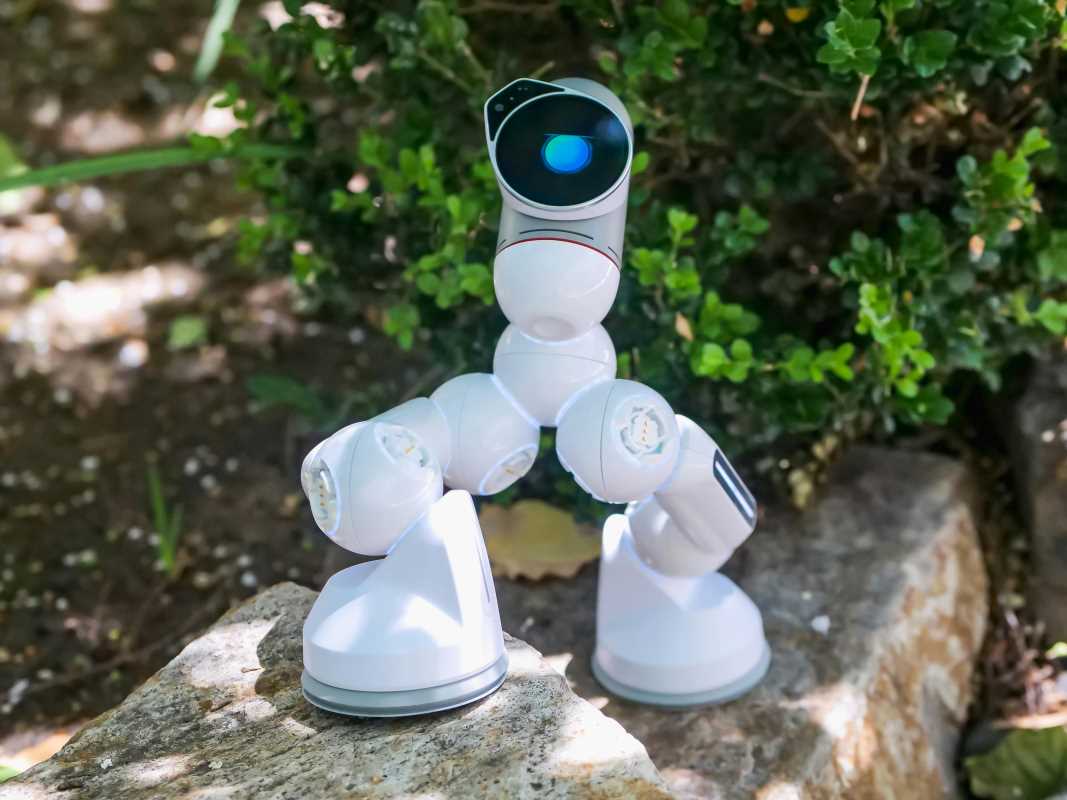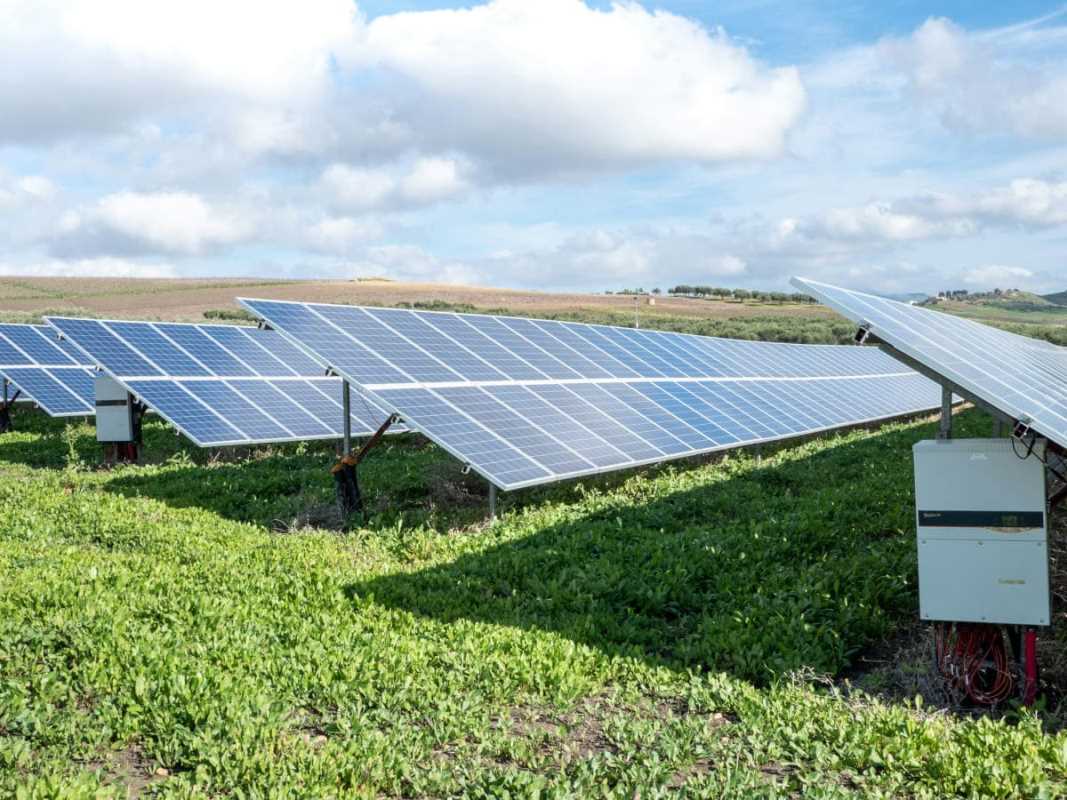Reliable water management plays a vital role in keeping livestock healthy, yet remote tanks often make this task challenging. Smart technology makes it easier to check water levels and spot problems before they become serious. With simple devices that you can install yourself, you gain real-time updates on your water supply and receive alerts if anything changes. This added convenience allows you to respond quickly, reduce the risk of shortages, and ensure animals always have access to fresh water. By adopting these user-friendly tools, you create a safer and more efficient way to care for your herd’s essential needs.
Many landowners face difficulties checking water tanks in remote areas. Even routine tasks, like verifying water quality or level, require time and travel. Smart tech can lessen the workload and provide alerts when something needs attention. This practical guide shares clear steps and insights to help you set up a monitoring system that suits your needs.
Common Challenges of Remote Water Tank Monitoring
Distance and isolation make it tough to keep a close eye on water tanks. Hard-to-reach locations can delay fixing problems. Limited access often causes emergency situations to be detected too late. Issues like clogged pipes or evaporation go unnoticed until they become serious problems.
The following points highlight common challenges faced when managing remote water tanks:
- Lack of real-time updates on water levels.
- Delayed notifications for malfunctions or leaks.
- Difficulty in maintaining water quality checks.
- High travel time to perform routine inspections.
Overview of Smart Tech Solutions for Water Tanks
Smart technology provides tools that help monitor water tanks from afar. Sensors measure water levels and alert you when refills or repairs are needed. Remote cameras and environmental sensors add another layer of information. When integrated in a system, these devices let you act fast without leaving your base of operations.
You also receive automated alerts via SMS or email. A smart monitoring system may include a component to measure temperature and water quality.
Step-by-Step Guide to Setting Up a Smart Water Tank Monitoring System
Follow these clear steps to install a system that keeps track of your water levels in real time. Each phase involves simple actions that you can perform with basic technical knowledge. The process also helps prevent small issues from growing into large, expensive repairs.
Below is a numbered list of crucial steps to establish your smart water tank monitoring system:
- Assess Your Tank Location: Check the surroundings to determine power availability and network access. Identify the best placement for sensors and cameras.
- Select Your Devices: Choose appropriate sensors, cameras, and control units. Ensure they are durable and designed for outdoor use.
- Install the Hardware: Position sensors and cameras securely. Mount devices in places that allow clear readings of water levels.
- Connect to a Network: Set up a reliable data connection. Use Wi-Fi or cellular networks to maintain constant communication with your devices.
- Configure Software Settings: Use a user-friendly app or dashboard to monitor alerts and statuses. Program thresholds for alerts to get notified when water levels drop unexpectedly.
- Test Your Setup: Run several tests to ensure sensors report accurate data. Make necessary adjustments to improve performance.
- Establish a Maintenance Routine: Schedule regular checks to ensure all components work correctly. Replace or repair devices as needed to keep your system running smoothly.
Key Features to Look for When Choosing a Monitoring System
When shopping for a monitoring system, prioritize features that directly solve the problems you face. A well-chosen system not only saves time but also reduces unexpected costs from emergencies. Look for systems with clear interfaces that offer real-time data and alert functions.
The following list offers key features and considerations to help you select the right system:
- Easy installation and integration with existing setups.
- Real-time monitoring and instant notifications.
- Robust performance in varying weather conditions.
- Long battery life and reliable power management.
- User-friendly software with clear dashboards.
- Durability and weather-proof design for outdoor use.
Benefits of Using Smart Tech for Livestock Water Management
Choosing a smart monitoring system provides clear benefits. Instant alerts and continuous data tracking help prevent water shortages that can harm animals. You can avoid unnecessary trips and manual checks by relying on automated systems.
These systems also help you save money over time. Early detection of leaks and maintenance needs reduces repair expenses. Running smart technology also offers peace of mind, knowing your water supplies are secure and regularly checked by reliable sensors and software.
This guide offers a practical approach to monitoring water tanks with smart solutions. The steps provided help you take a proactive role in maintaining water supplies. By investing a little time and effort, you create a reliable system that keeps your tanks in good condition.
Simple tech tools and clear sensor data make water management easier and more reliable.
 (Image via
(Image via





